
Born in Vienna in 1930, Gerty Saruê fled the Nazi regime at the age of nine, going to live in Bolivia. In 1954, she moved to São Paulo with her children and husband, rediscovering the big city she had left when she was little. Gerty follows the metropolis’ unbridled growth as an eyewitness passionate about the machines of the world: gears that make the body breathe. The urban context, mass culture and industrial society will play a fundamental role in his artistic work since the beginning.
Although her production began only on Brazilian soil, she already showed an interest in the visual arts in Bolivia where she lacked opportunities to study the subject. In Brazil, Gerty took short-term courses in aesthetics and art history with Anatol Rosenfeld, and will also study painting with Yolanda Mohalyi and Henrique Boese. In 1964 held her first exhibition wheres he presented gouaches at Galeria Convívio, in São Paulo. In addition to the practice of drawing, she began to research and develop assemblages and monotypes.
Gerty would participated in salons and biennials, such as the IX Bienal de São Paulo, in 1967, and the following one, in 1969. The 1970s marked the consolidation of her career, with one of her exhibitions having a presentation text written by Mario Schenberg. In addition, she started numerous partnerships with the artist Antonio Lizárraga, while he was responsible for graphic projects for important books, Gerty illustrated them. One of them was Panaroma from Finnegans Wake, by Augusto and Haroldo de Campos. Regarding Gerty’s work, Haroldo had written: “It is not about illustrations, but a real attempt at intersemiotic translation.”Her partnership with Lizárraga took place once again in 1973, with the making of Metrópole, exhibited at the XII Bienal de São Paulo. Two years later, Gerty Saruê participated for the first time in Panorama da Arte Atual Brasileira, at MAM São Paulo, presenting an installation.
Until the end of the 1990s, Gerty’s production was frequently based on the use of analog photography, electrostatic copies, offset printing, blueprints and plotting. In the following decade, the artist began to work more intensively with computer and electronic information processing. Her work can be traced through a historiographical line of the means of image reproduction: graphic thinking in articulation with technical reproducibility and the concomitant progress of industrial activity.

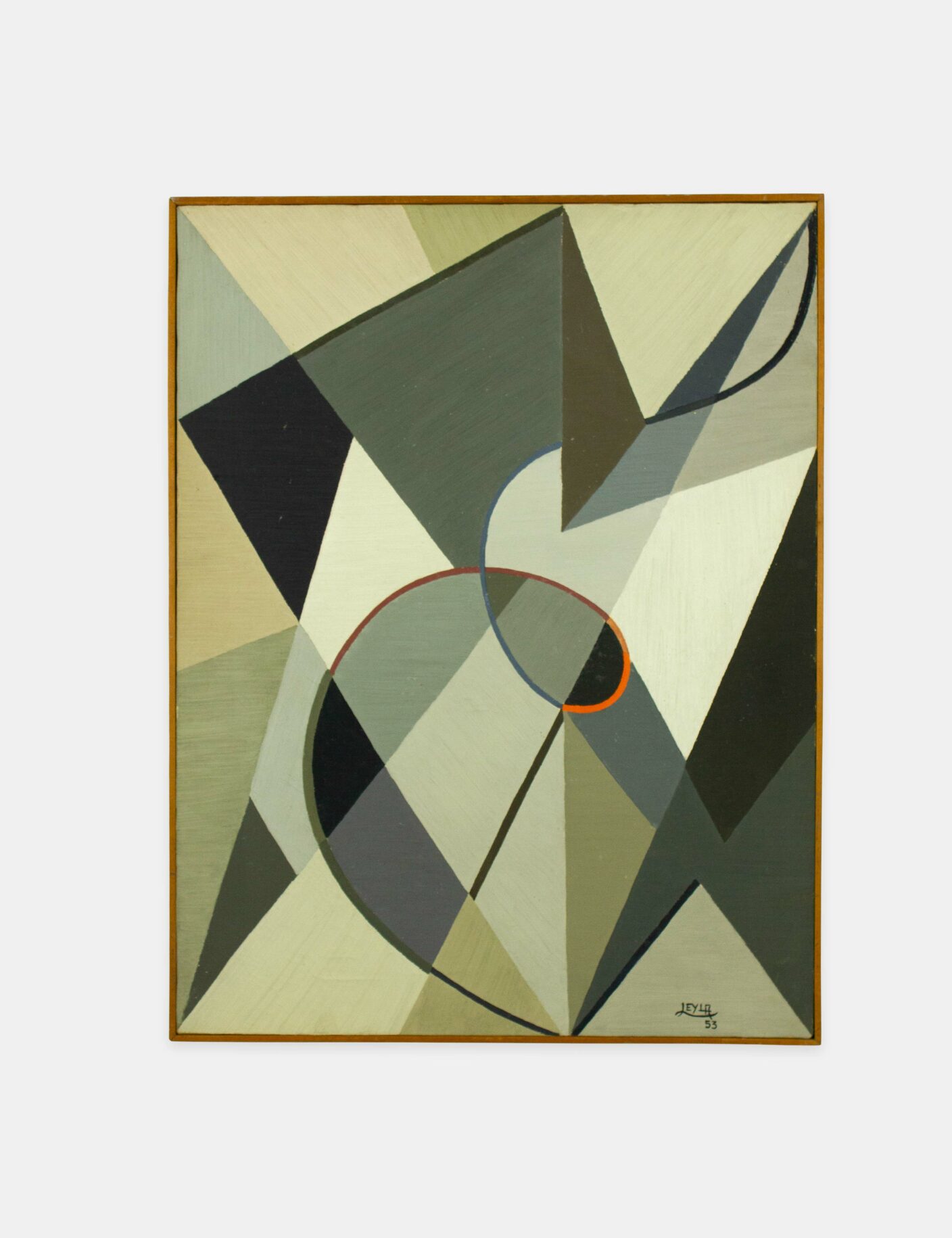
Construção
1953
Oil on canvas
64,5 × 49,5 cm

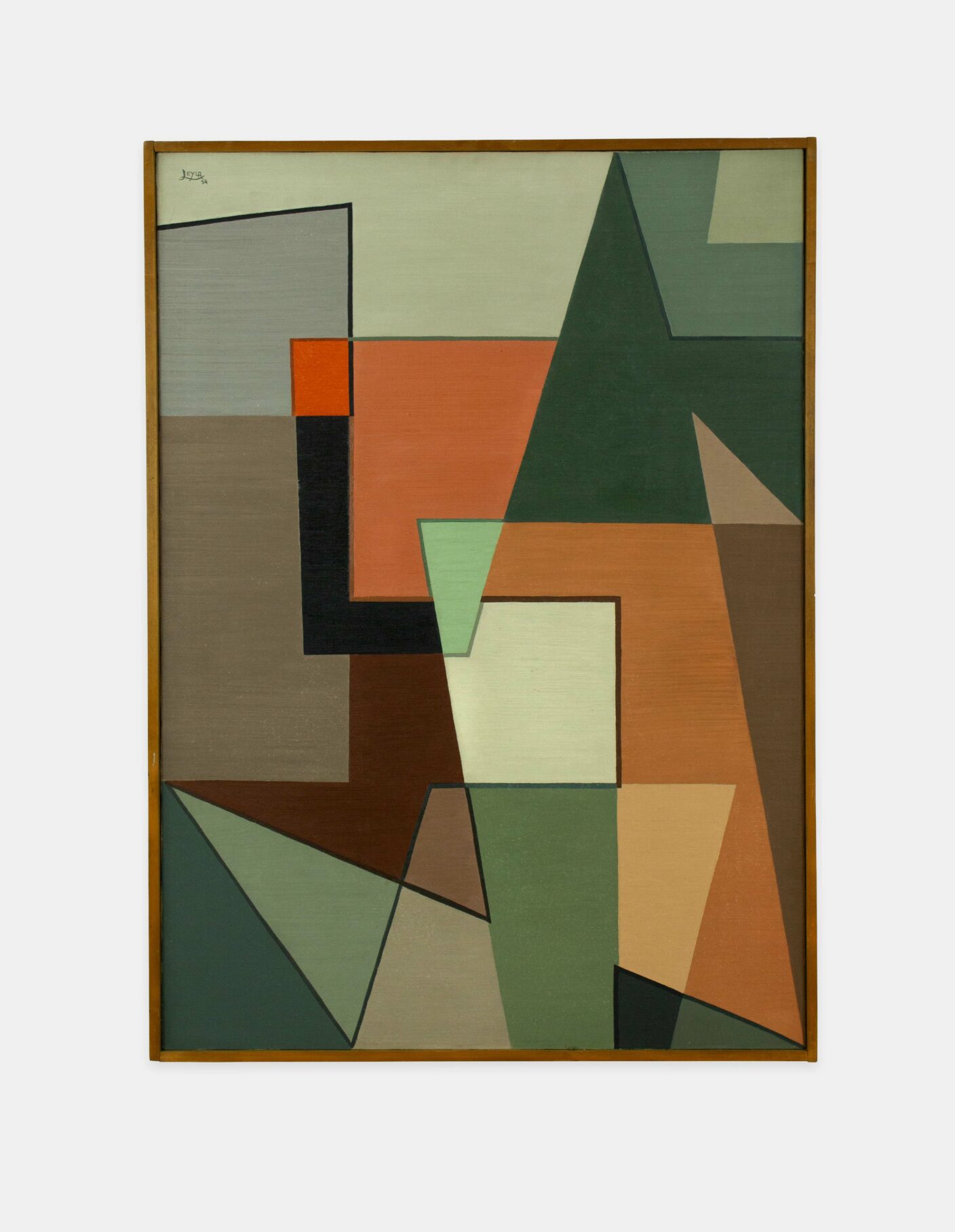
Atabense
1954
Oil on canvas
91,5 × 64,5 cm
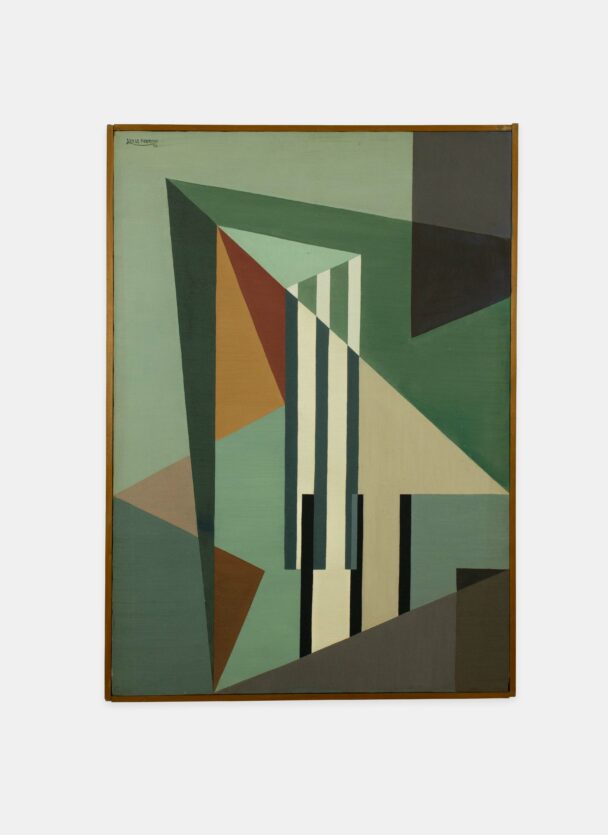
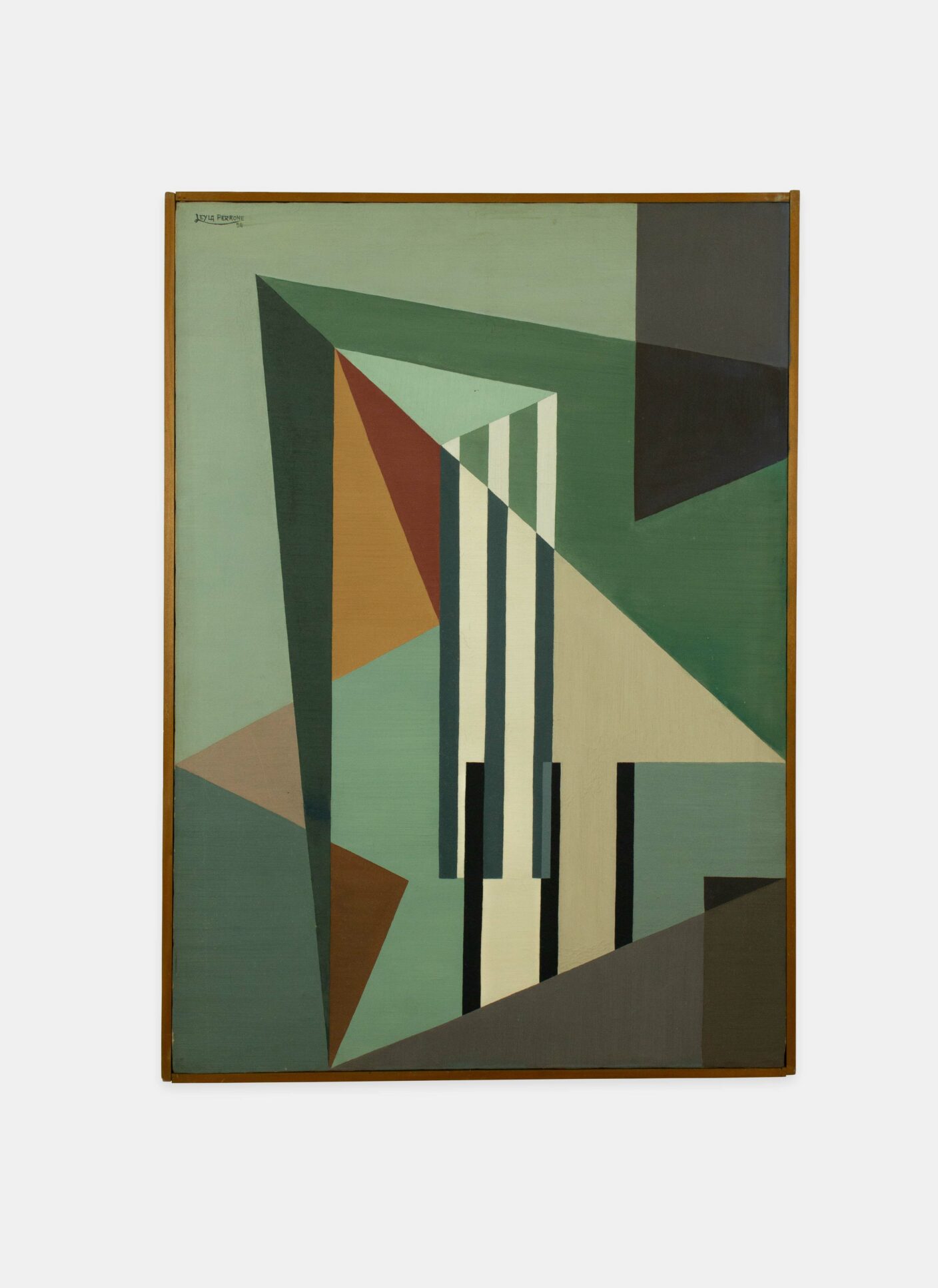
Pórtico
1954
Oil on canvas
91,5 × 64,5 cm
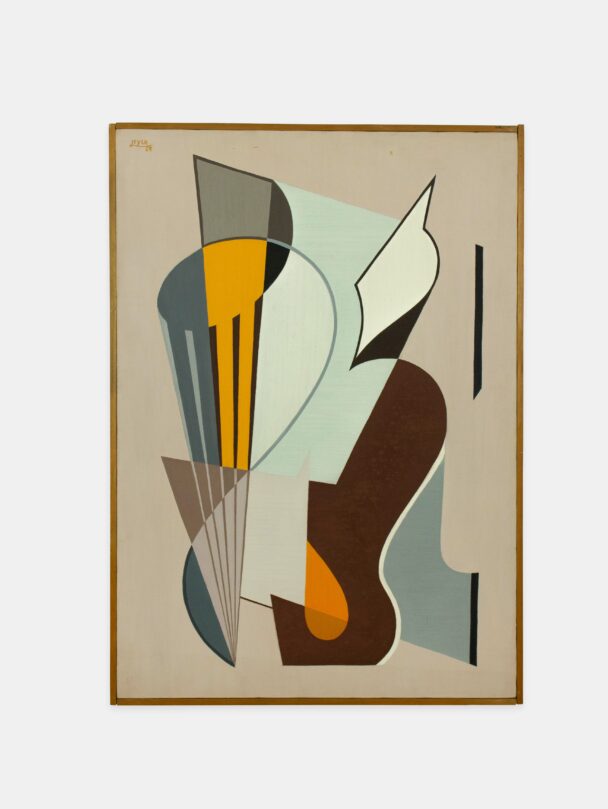
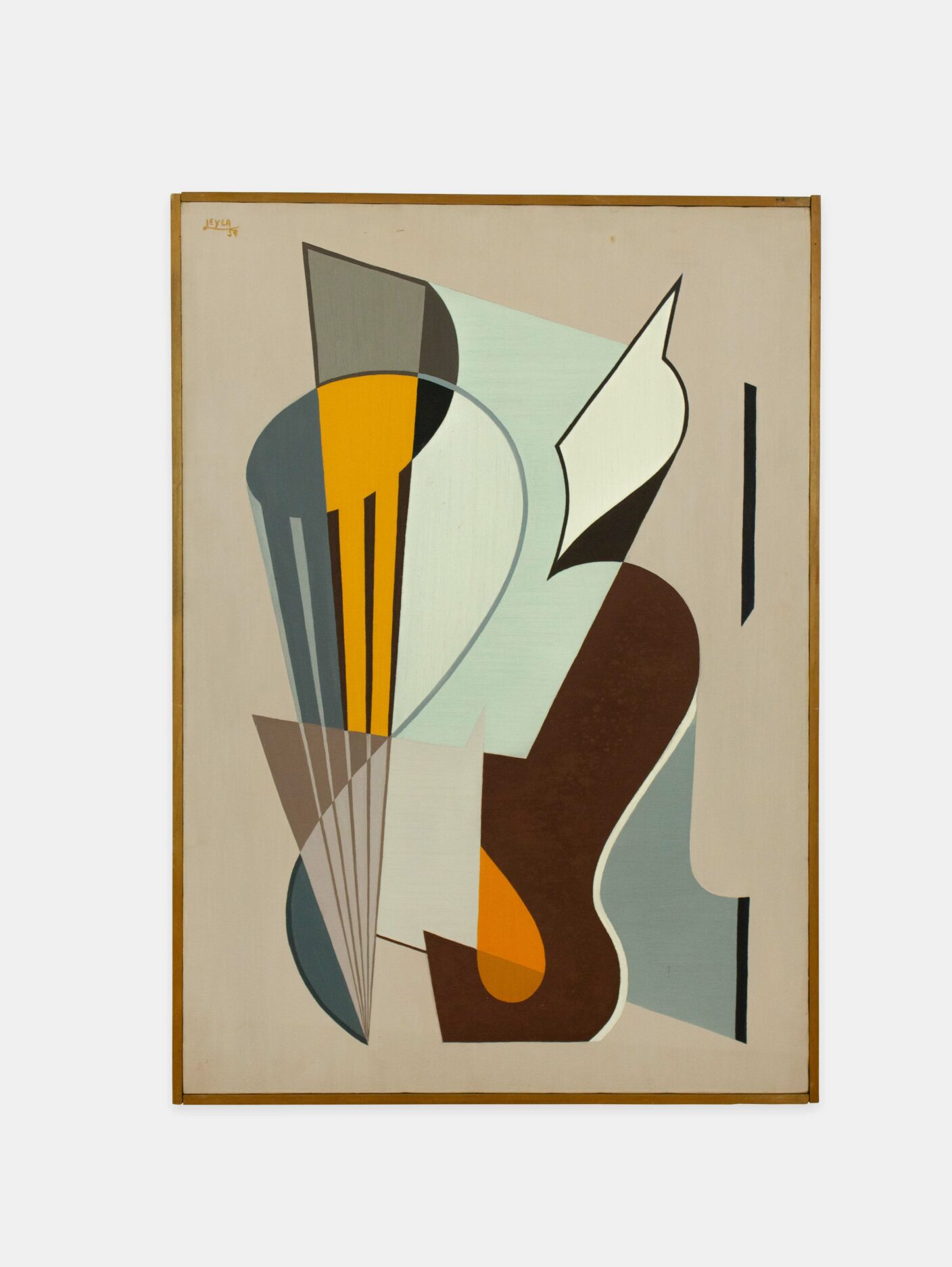
Alado
1954
Oil on canvas
91,5 × 54,5 cm
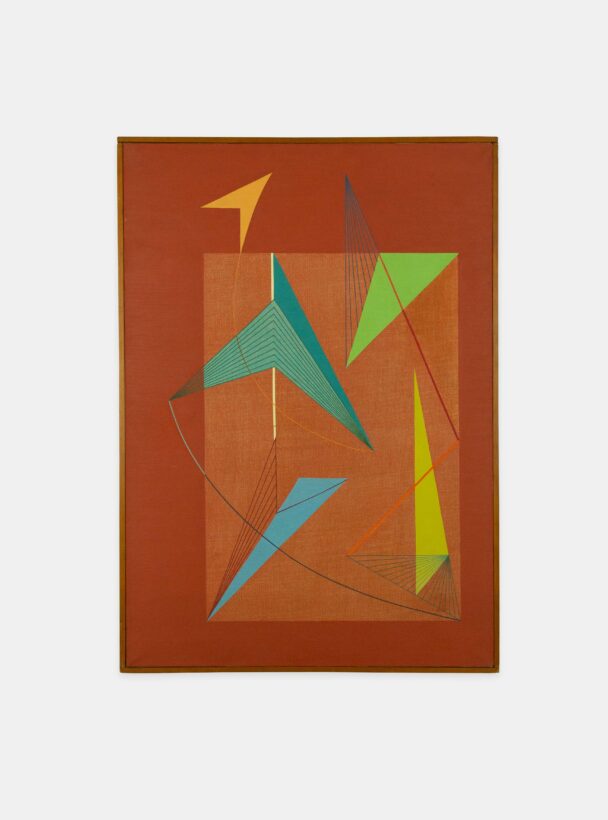

Alado II
1956
Oil on canvas
84 × 59 cm


Desenvolvimento do quadrado
1954
Oil on canv
64,5 × 81 cm
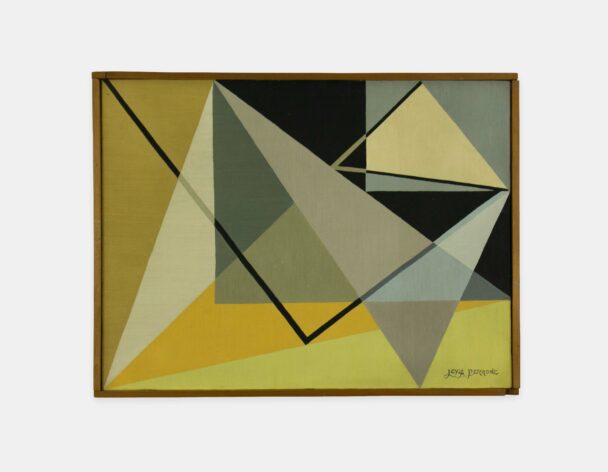
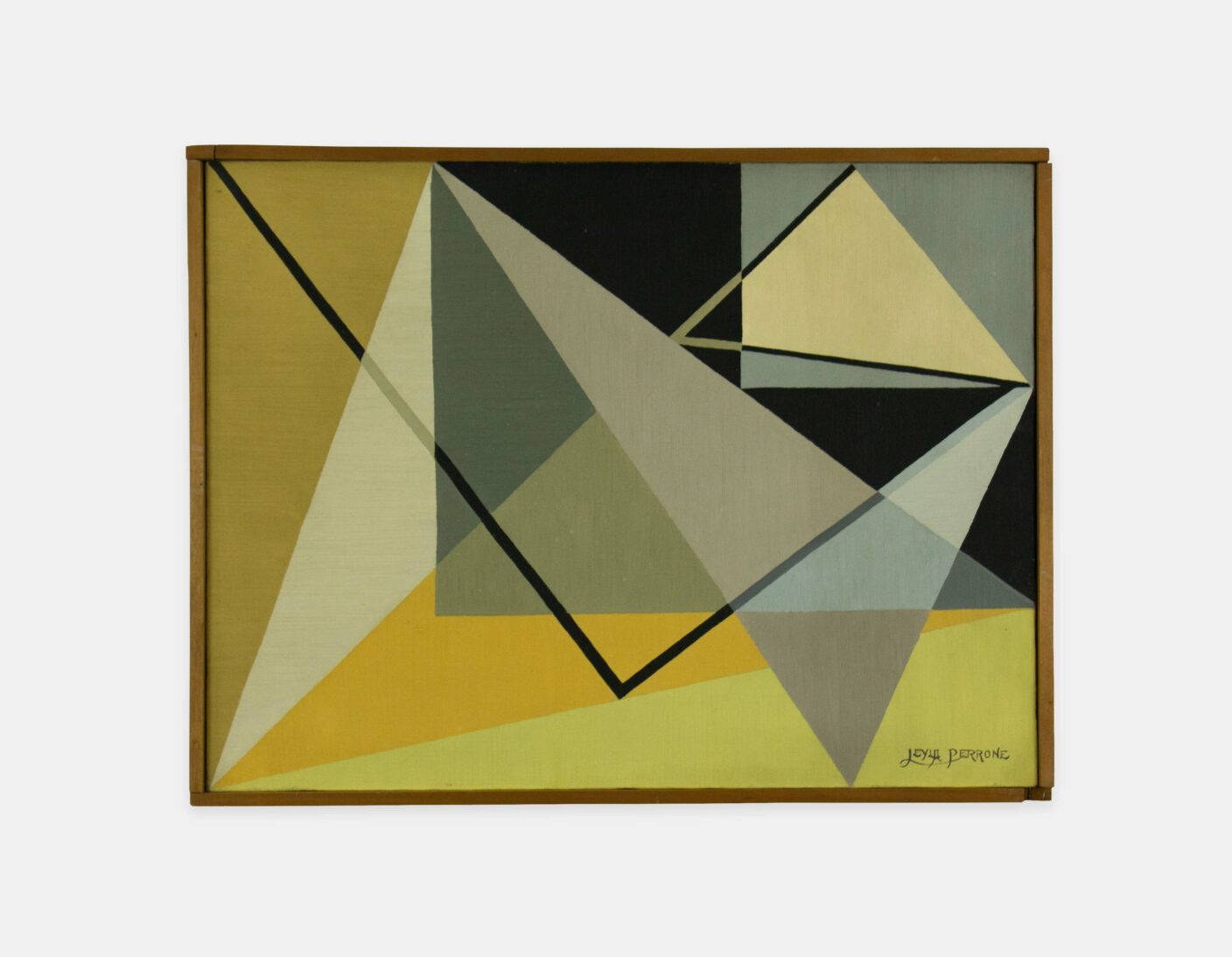
Jogo cromático
1954
Oil on canva
45,5 × 60,5 cm
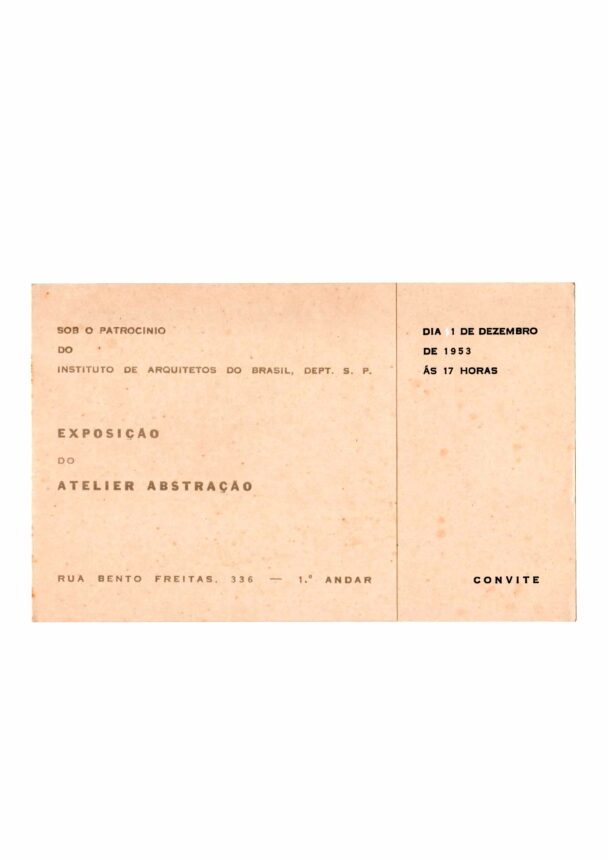
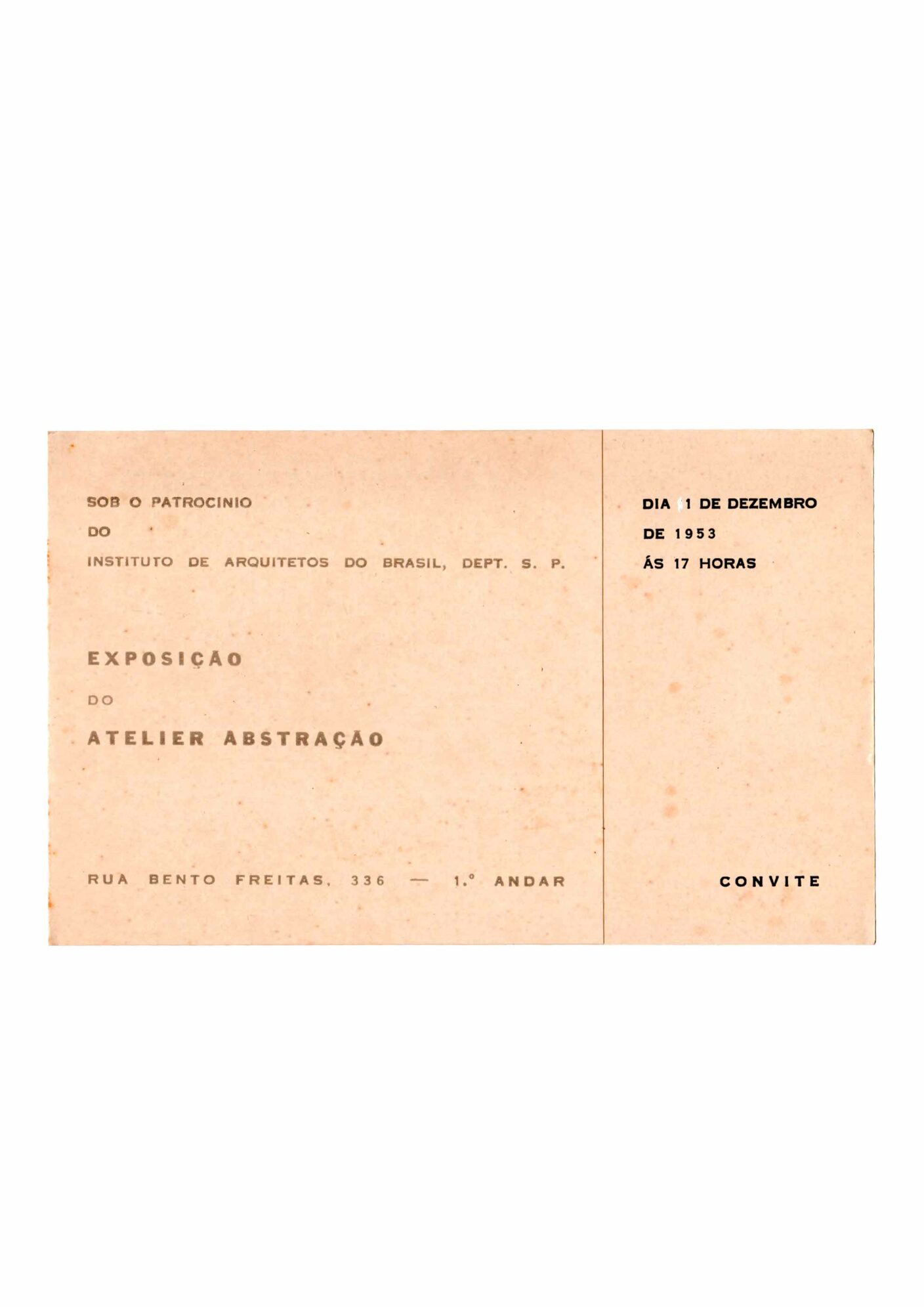
Invitation to the 1st exhibition at Atelier Abstração in 1953
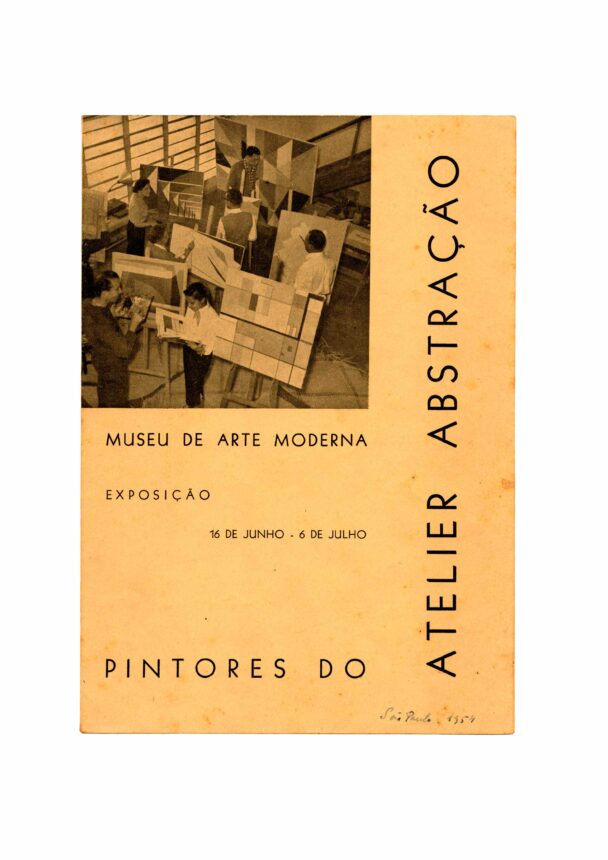
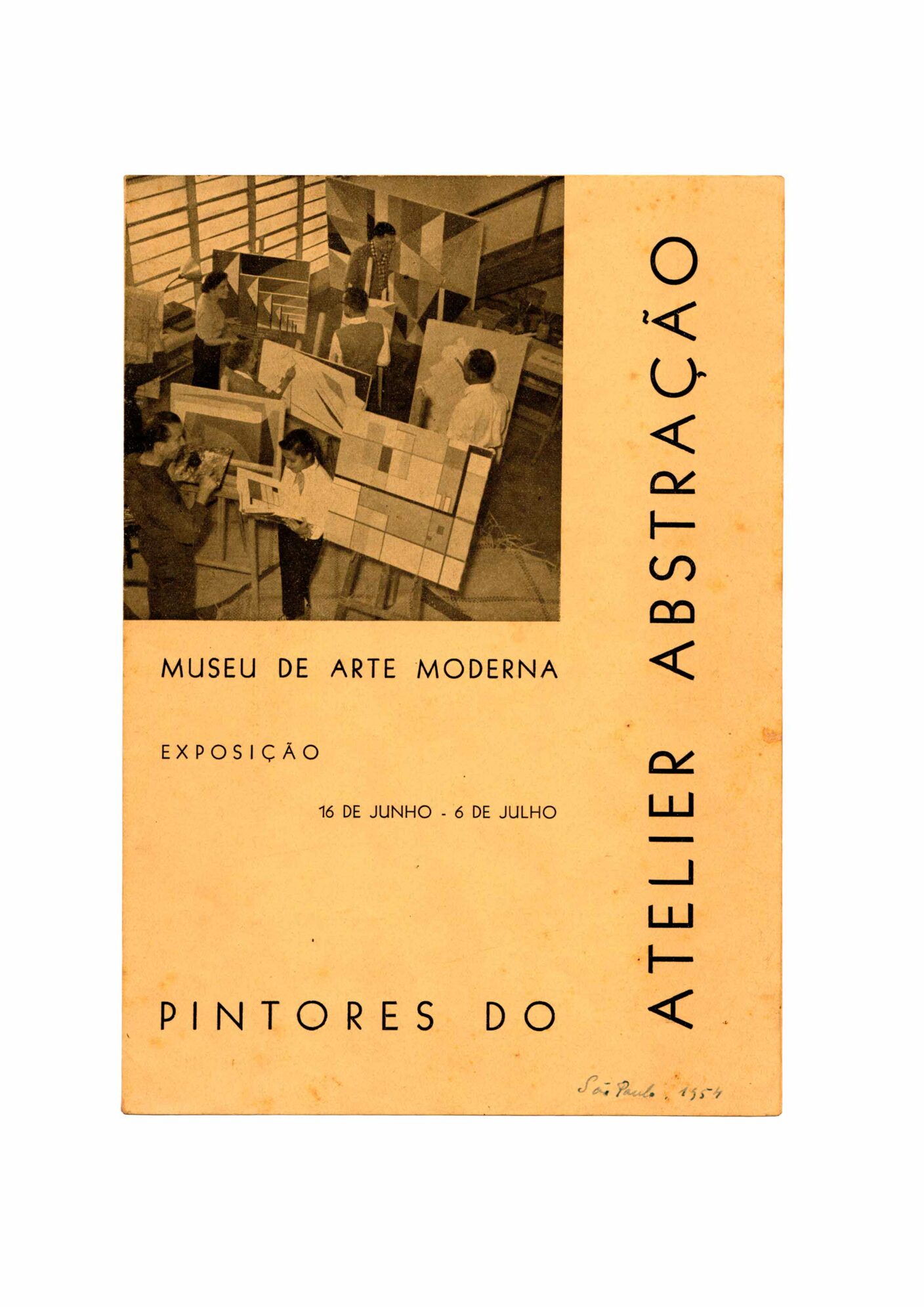
Invitation to the 2nd exhibition at Atelier Abstração in 1954
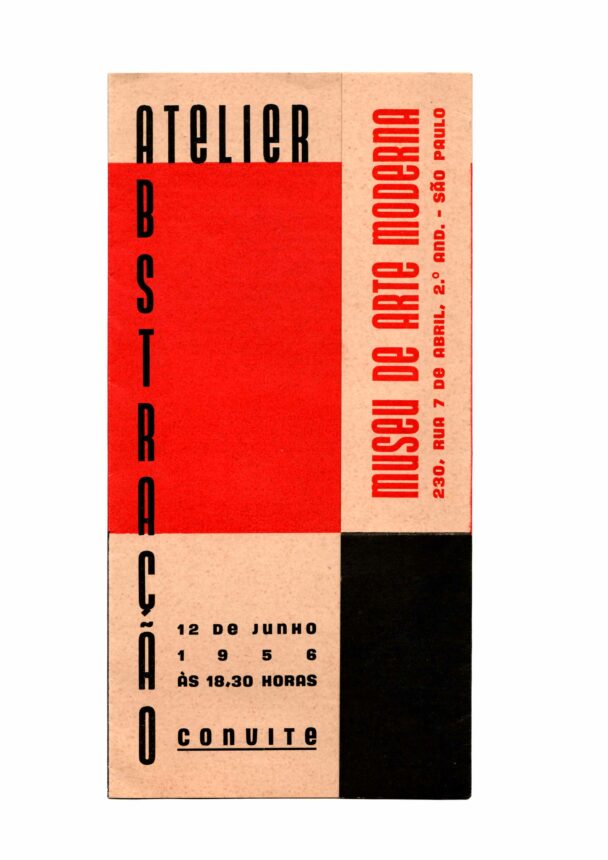
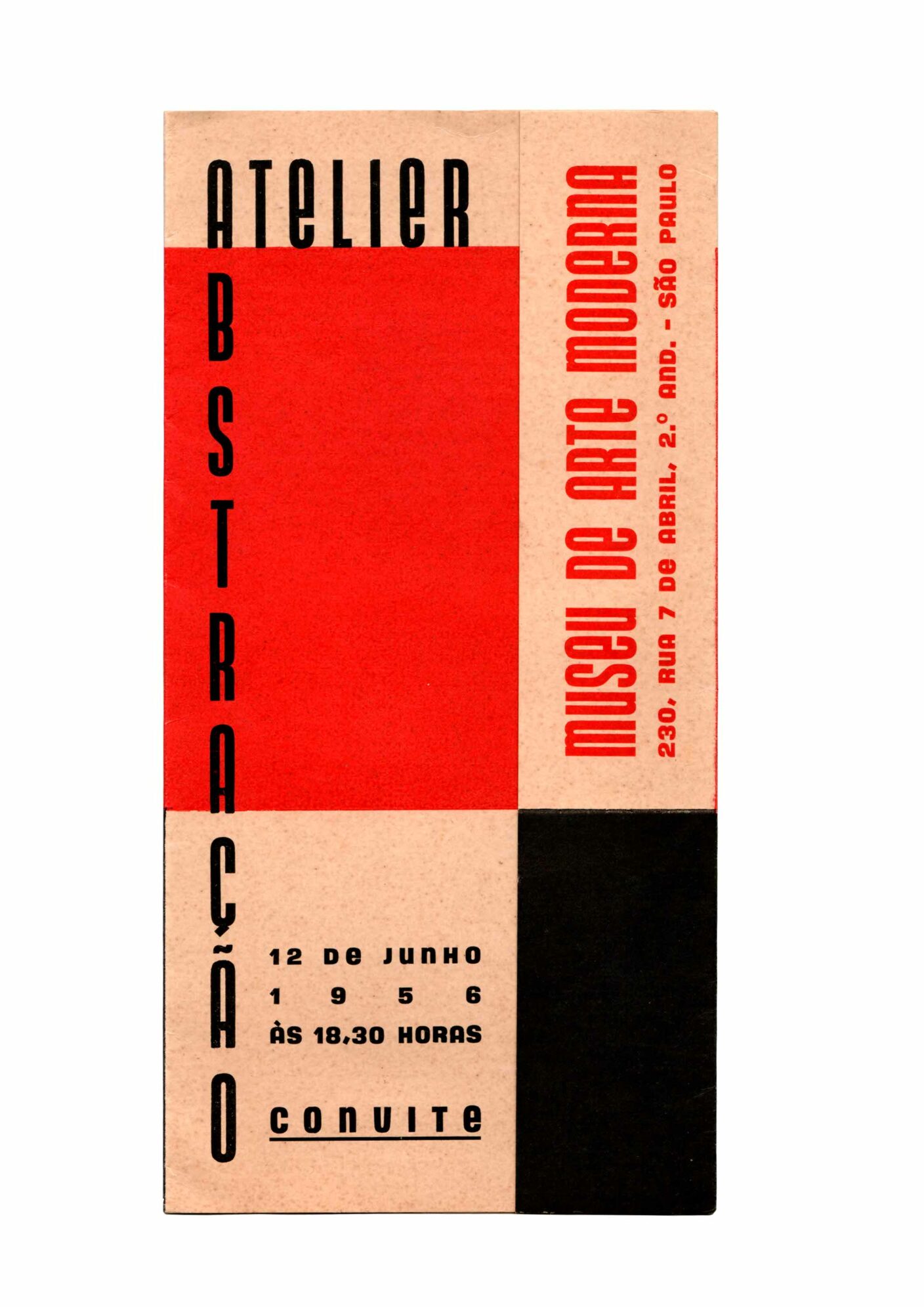
Invitation to the 3rd exhibition at Atelier Abstração in 195
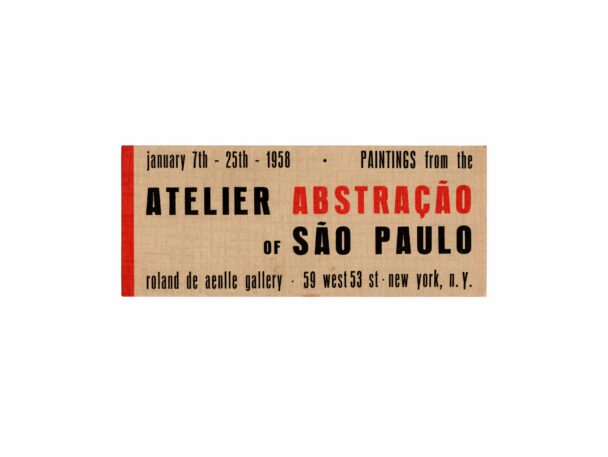
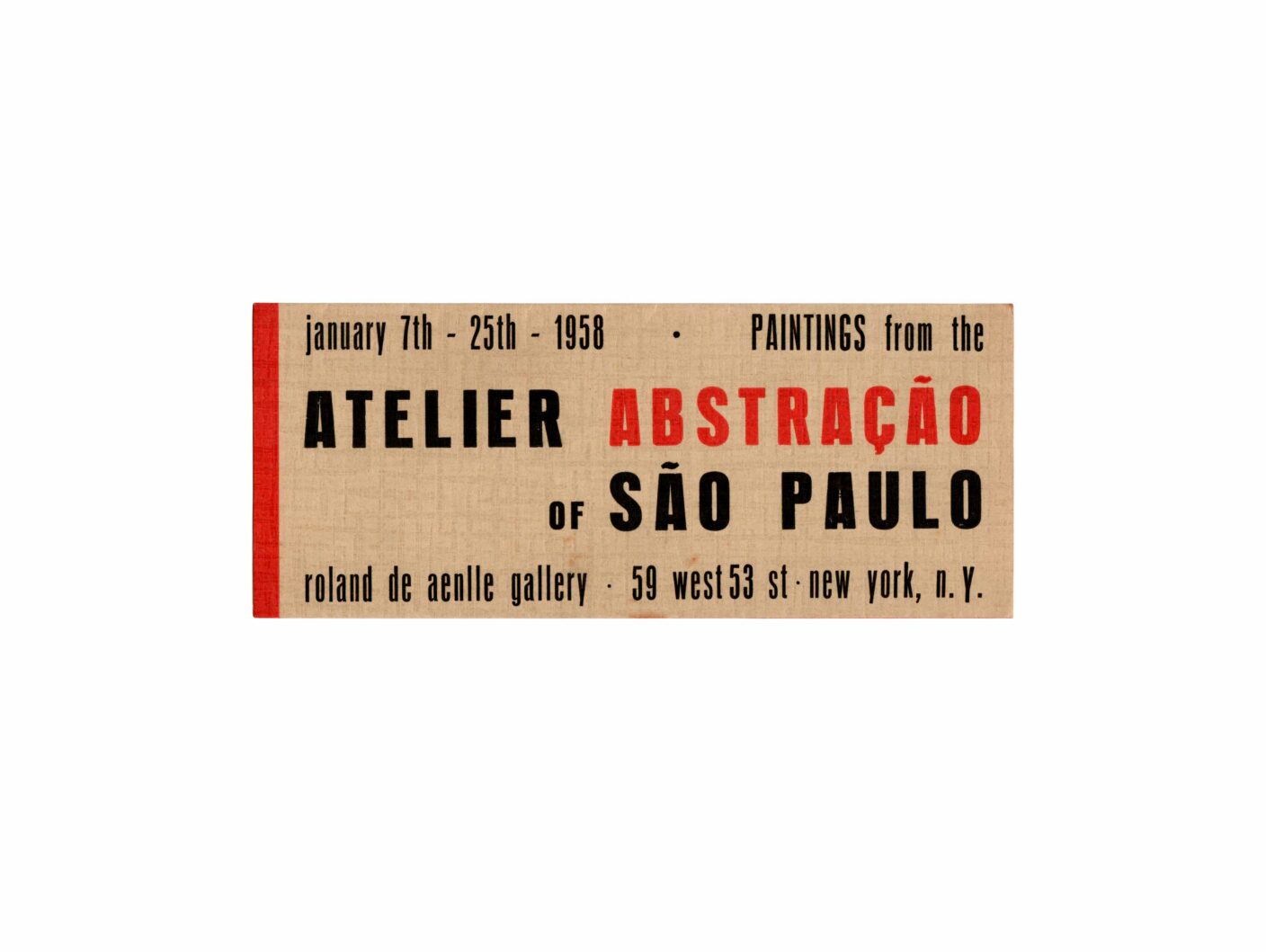
img20220331_14563138
Invitation to the 4th exhibition at Atelier Abstração in 195

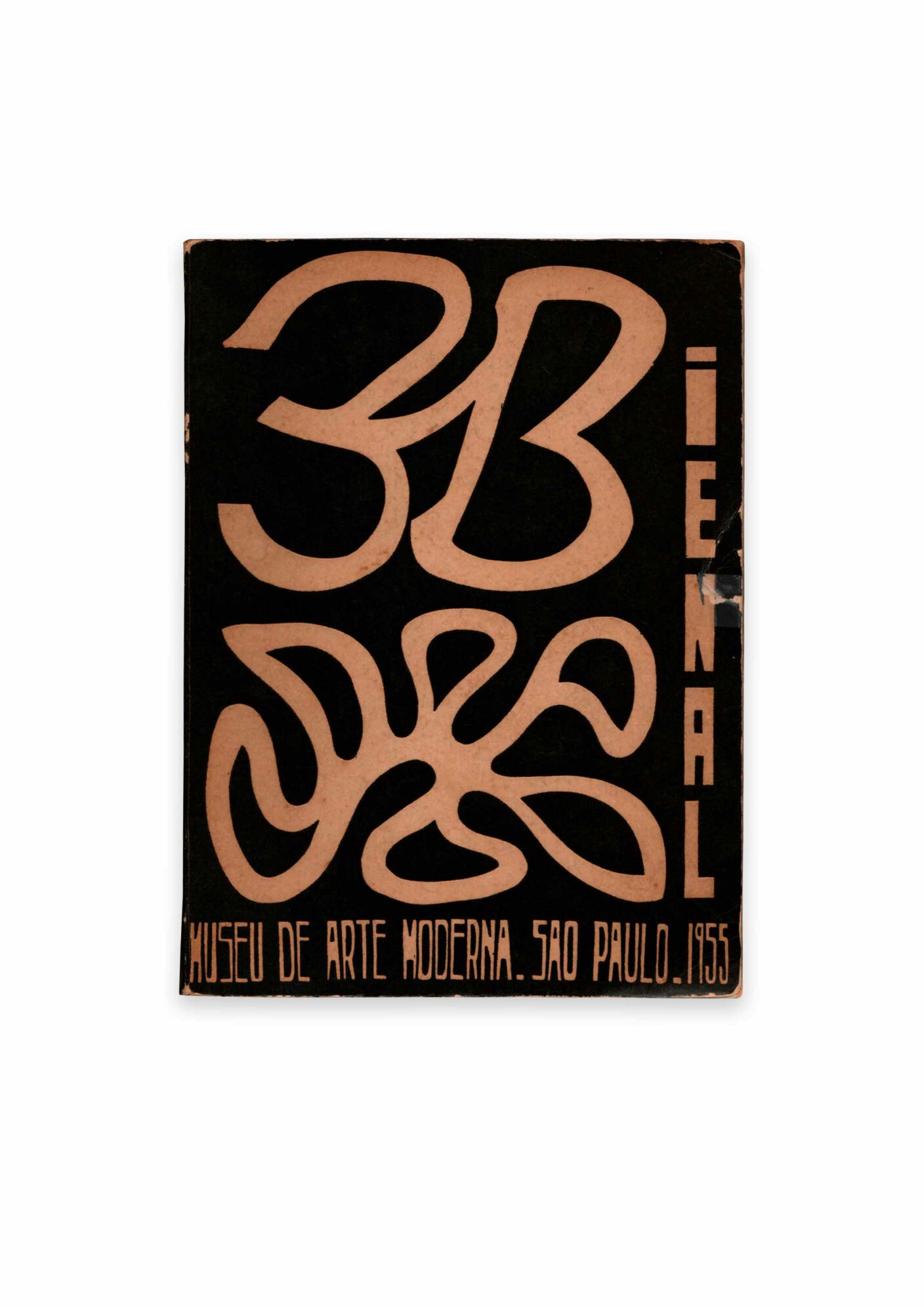
Catálogo da 3ª ediç
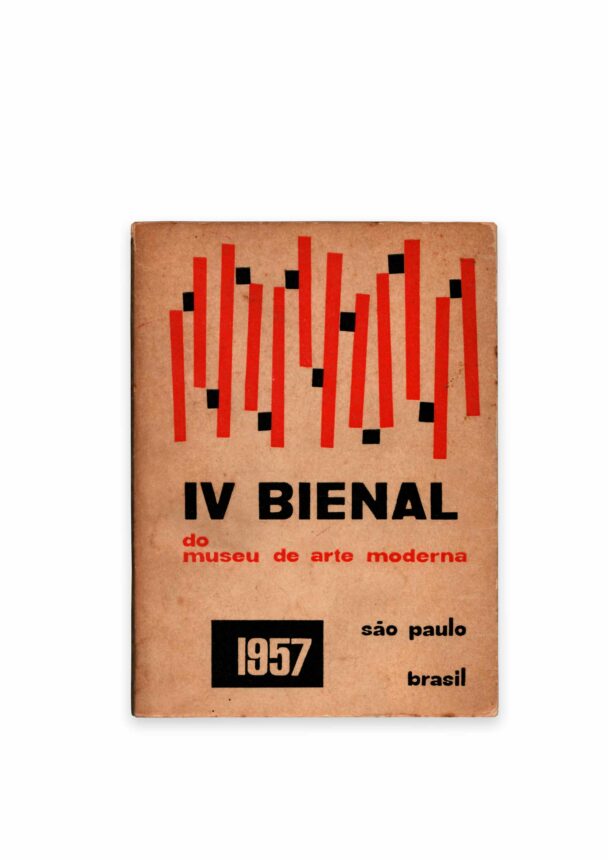

Oficial artwork list from the 4th São Paulo Biennial in 1957


 Português
Português